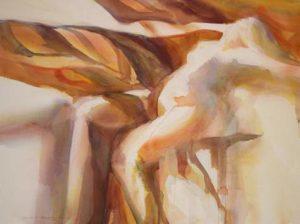
What drew you to watercolors? When I wasn’t sure which media I wanted to pursue, I started noticing how time and again I was drawn to the watercolors in any exhibit. By comparison, the oils left me cold. The luminosity of watercolor captured me. Watercolor are luminous or can glow because the lights of the painting come through the colors from the white paper. The colors glow like stain glass windows.

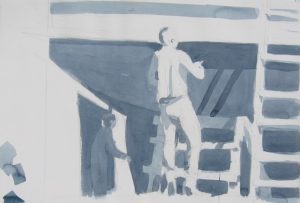 In the last post, we only scratched the surface of working with the white of the paper in watercolor. Do do this you need to plan the shapes or paths of your values ahead of time.
In the last post, we only scratched the surface of working with the white of the paper in watercolor. Do do this you need to plan the shapes or paths of your values ahead of time.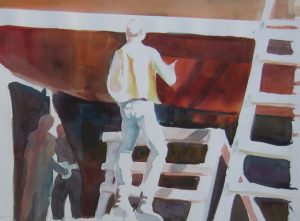
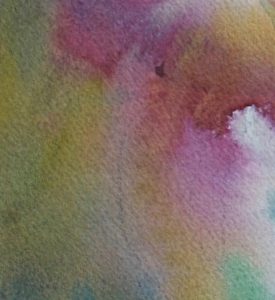
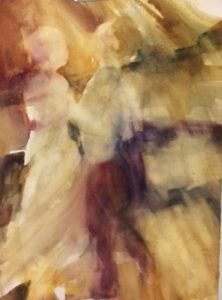 An intriguing idea came to me while reading Gish Jen’s The Girl at the Baggage Claim. Jen attempts to shed some light on the differences, which often lead to misunderstandings, between Eastern (Asian) culture and Western (Europe/America). Her goal was to come to a synthesis between the two.
An intriguing idea came to me while reading Gish Jen’s The Girl at the Baggage Claim. Jen attempts to shed some light on the differences, which often lead to misunderstandings, between Eastern (Asian) culture and Western (Europe/America). Her goal was to come to a synthesis between the two.